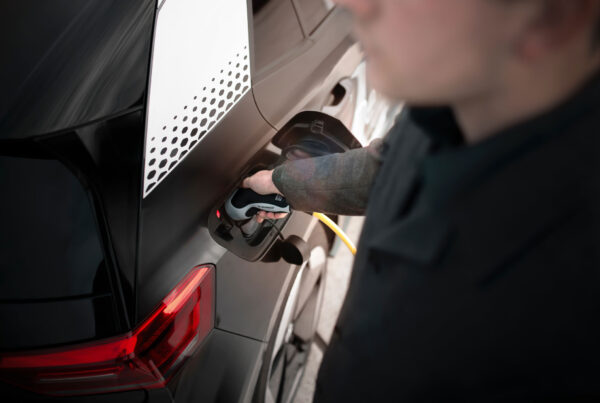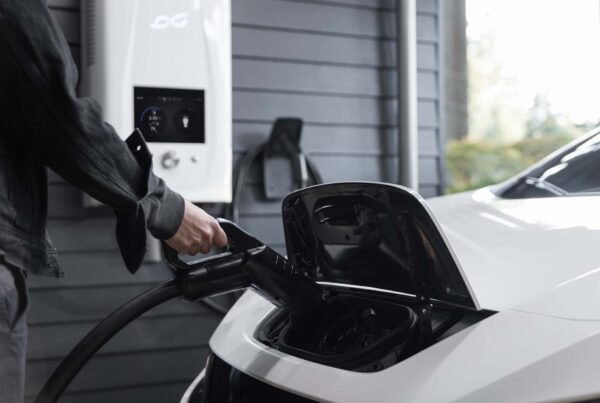If you’re a first-time electric vehicle owner, you may have a lot of questions, particularly when it comes to charging your vehicle. With America’s infrastructure still trying to catch up to the increase in EV ownership, charging your vehicle at home is likely to remain your most convenient option for the foreseeable future.
Before you go online and randomly search “how to charge electric car at home,” here are some tips for getting off on the right foot when it comes to installing an EV home charging stations.
While your vehicle comes equipped with a cable that can be plugged into any regular 120-volt outlet, there are advantages to putting in a charging station with a power supply of over 200 volts, that enables you to charge your vehicle in a fraction of the time. This is known as Level 2 charging as compared to simply plugging your car into an outlet, known as Level 1 charging. Level 1 charging is primarily used for charging overnight.
One of the first steps you can take in addressing the need for an EV home charging station is to identify and hire a qualified installer who is experienced in meeting the needs of EVs. For a comprehensive list of qualified home charging station installers, check out the directory on our website.
Level 2 Charging
Most public charging stations are Level 2 chargers. In most cases, you will want to install at least a Level 2 charging station at home. These chargers offer 220 to 240 volts of power. This is the same voltage as with a household electric dryer.
You can expect a Level 2 charger to charge your car in about 4 hours on average. You’ll find Level 2 chargers typically come in two styles: plug-in portable and wall-mounted units, that are hard-wired.
Level 3 Charging
Another option for your home charging station is a Level 3 charger. Level 3 chargers are known by a number of different names, including fast chargers, DC fast chargers or simply DCFC chargers. These chargers offer 400 volts or more and typically charge at a rate of 50 to 60 kilowatts.
Installation Considerations
You will want to be sure when having your charging station installed, that you have it located within convenient proximity of your vehicle’s charging port. Charging cables are typically about 15 to 25 feet in length, so plan accordingly. If your home’s power source is further than that from your vehicle’s location, you may have to have your electrician extend the service closer to where you will be charging your car. That means some modifications to your garage wall, so keep that in mind.
Costs of charging stations varies widely, depending on how fast you want your vehicle to charge, whether it is hard-wired and whether your home’s electric system will need any sort of upgrading or modification, among other factors. You may find you need to have a new circuit panel installed or at the least, a new outlet, in addition to the cost of the equipment itself. Costs can range from a couple hundred dollars on up to $1,000 and more for fully installing your charging station.
Another reason for ensuring your rely on a knowledgeable expert to install your station is that your community may require certain permits for installation.
Costs & Tax Credits
While the upfront costs of purchasing your vehicle and installing a home charging station may seem high in comparison to purchasing a gas-powered vehicle, keep in mind you will realize savings you otherwise would not. These include saving on fuel, as well as maintenance, over the life of your vehicle.
In addition, you should factor in federal, state, and local EV tax credits and other incentives you may be eligible for when comparing the cost of owning an EV to the cost of owning a gas-powered vehicle. The amount of these incentives will depend on your tax status, your location and in some cases, even what type of hybrid or EV you choose. However, a good estimate is that owning a plug-in EV could make you eligible for up to $7,500 back on your federal taxes in addition to several thousands of dollars in state and local taxes, as well as utility incentives. For more information about your state, and local incentives, check out this article titled, Best and Worst States to sown Electric Cars.





